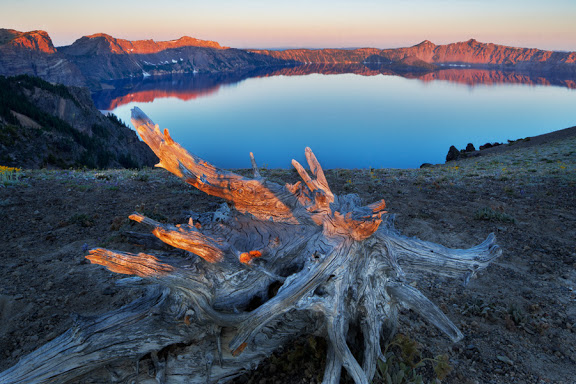

- Home
- Workshops
- Feedback
- Galleries
- Alaska
- Bryce-Zion
- New Images
- Canyonlands
- Canadian Rockies
- Capitol Reef
- Death Valley
- Dinosaur – Badlands – Theodore Roosevelt
- Eastern Sierra
- Glacier
- Grand Canyon
- Great Smoky Mountains
- Hawaiian Islands
- Landmarks of the Southwest
- Lassen-Crater Lake
- Monument Valley
- Pacific Coastline
- White Sands-Bosque Del Apache
- Yellowstone-Grand Tetons
- Yosemite High Country Backpack
- Yosemite Valley Winter
- Info
- Tips/articles
- Blog
- Big Bend NP



